The past few years have seen NFTs explode onto the blockchain scene, progressing from a relatively unknown technology to one that’s been papered across the front pages of seemingly every crypto publication. Alongside the increase in both understanding and trading in NFTs, the global market has continued to rise, predicted to reach an incredible $122.43 billion by 2028.
With the expansion of NFTs beyond just digital art, also integrating into Play2Earn blockchain gaming projects and metaverse creations, this digital medium is set for a dazzling future. While progress has been impressive within the world of NFTs, their increased popularity also comes with a fairly hefty downside – rising gas fees when processing transactions.
The vast majority of NFTs are minted on Ethereum, with their ERC-721 being the industry standard for creating new non-fungible digital assets. Although Ethereum’s infrastructure provides a comprehensive ecosystem where users can create, distribute, and trade their acquired NFTs, the blockchain network itself has a notoriously low threshold for transactions per second, leading to high gas fees.
While this was commonly understood as part of the territory when minting on Ethereum, the introduction of L2 networks promises to remedy this problem. With these developments, the longevity and sustainable growth of NFTs could be much more certain.
In this article, we’ll explore the current state of the NFT market, touching on Ethereum’s gas fees and the role they play in NFT expansion. We’ll then turn to L2 networks and discuss exactly how the introduction of these technologies is set to change the industry for the better.
Why Does Ethereum Have High Gas Fees?As a blockchain ecosystem, Ethereum boasts a range of advantages that have made it into the most popular chain for development. In fact, of the 4,073 dApps currently active, over 3,000 of them are developed on Ethereum, with the range of tools and developer playground that this system offers being perfect for building.
Alongside creating applications, Ethereum has made a name for itself through its powerhouse selection of tokens, each offering a distinct function that lends itself to blockchain development. With the rigorousness of the Ethereum ecosystem, it’s no wonder that it’s become so popular.
However, this popularity has also led to one of Ethereum’s weaknesses, its slow TPS speed, to start to impact the system. Coming in with around 15 transactions per second, Ethereum simply cannot keep up with its own popularity. When someone attempts to process a transaction, it joins a queue of other transactions, waiting until it’s at the front of the queue to then be processed onto the next block.
To skip these queues and ensure an instant transaction, users have to pay a gas fee – a one-off payment that pushes their transaction data right to the front of the queue. Due to the astounding popularity of Ethereum, the queue is typically very long, with the gas fee required to push a transaction through averaging around $18.
While $18 may already seem a high price to pay for simply processing a transaction, this is nothing to the May 1st high of $196.64. Although currently at a more stable lower figure, the range of gas fees which users must pay demonstrates the instability of Ethereum as a whole, with its own popularity being one of its central weaknesses.
How Do Gas Fees Impact The World of NFTs?When a digital artist wants to create an NFT, they have to go through the process of minting their artwork. What this means is you take your digital file and transform it into a digital asset, storing its data on the blockchain and minting (printing or creating) it on an ETH-721 token. Once on the blockchain, you can then sell your digital asset through smart contracts.
The process of minting an NFT requires that you process a transaction on Ethereum, needing your transaction to go through to create the digital asset. Of course, as with any transaction, this means a user would have to pay the gas fee to push their transaction through.
When a digital artist wants to transform their digital artwork into NFTs, they must then pay a gas fee on every single piece that they want to sell. Unless the artist has a significant following and other buyers waiting to purchase their work, then the $18 gas fee could pose a major barrier to entry.
Quite simply, if a NFT vendor can’t sell their piece for more than $18, then they’ve lost money. Even if they were able to sell for around $30, their margin is significantly dented by the gas fee. With this in mind, the barrier to entry within the world of NFTs is higher than it should be, with only artists that can afford to make an initial investment being able to list their digital assets on marketplaces.
How Do Artists Sell Their NFTs?The first step when artists want to sell their art online is to sign up for a non-custodial online wallet. Digital wallets like Ambire allow users to add and collect funds into their accounts, acting as a highly-accessible location for any movements of crypto. Ambire has recently become a favorite within the NFT scene due to its announcement that it will allow users to prepay for gas fees to reduce their costs in a scheme known as Gas Tank.
Once a user has set up their digital wallet, they can then turn to any major NFT marketplace to start listing, buying, and selling their art. As the world’s largest DeFi exchange, Binance NFT is typically the marketplace that artists go to when looking to distribute and exchange their art. Alongside having an enormous customer base that helps new artists to gain exposure, they also have a roster of exclusive partnerships and celebrities that actively engage with the platform.
For example, Binance NFT has recently released an exclusive collection with Franck Muller, a Swiss luxury watchmaker, distributing NFTs of their watches onto the platform. Another recent headline has been Mike Tyson’s involvement in the Binance NFT space, releasing a Mystery Box NFT that users have been flocking to.
With the huge financial and community backing behind Binance NFT, many artists will start their journey on this platform, minting their NFTs and selling them to the public through the easy-to-use site.
Going beyond generalist marketplaces, some digital artists turn to more specific locations to sell themed art. For example, NFT artists that are interested in popular sports could go to a marketplace like Maincard, which focuses on NFT and other digital assets that revolve around major sports matches.
Using specific mediums like this puts digital artists in contact with an audience that is actively seeking their content. As the world of NFTs continues to grow, we’re likely going to see many more of these specialist digital platforms emerge to support niche exploration.
How Are L2 Networks Set to Shake Up the World of NFTs?Over recent months, Ethereum, as well as other major blockchain ecosystems, have been releasing news around various updates that they’re making, or are planning, for their networks. One of the main center points that encompasses Ethereum’s new 2.0 system is the inclusion of Layer 2 systems. Layer 2s are comprehensive extensions to L1, offering a range of additional features while being integrated into the central ecosystem.
Unlike side-chains, L2 ecosystems use the same blockchain as their partners, ensuring a high-security assurance, as well as an easy bridging pathway between them. For example, Boba Network, integrates directly into Ethereum and aims to increase the total number of transactions that they can process per second. By providing Ethereum with the tools and speed it needs to scale its operations, the Ethereum network can then effectively reduce its gas fees.
By integrating L2 ecosystems that focus on scalability into L1 systems, this action allows NFT creators to push their transactions through for a fraction of the total cost. With this in mind, both sellers and buyers of NFTs instantly gain access to cheaper prices.
When minting an NFT, once L2 has been integrated, Ethereum users will have a tiny gas fee to pay, making the margin on any of their sales considerably larger in their favor. Equally, when users want to buy an NFT on a marketplace, they, too, have to pay a gas fee to register the transaction of them buying the asset.
For those buying NFTs, the increased scalability that L2s bring to Ethereum will further drive accessibility. Instead of having to pay large fees every time they want to buy a certain NFT, they will only have to pay a smaller gas fee.
The benefits to both buyer and seller within the world of NFTs will help to create a much more financially accessible space. While many like to focus on the most expensive NFT sales, with Christie’s auction house bringing in over $150 million worth of NFT sales in 2021, the reality is that most NFTs go for around $30.
With margins suddenly being expanded by gas fees of only a few cents, both buyers and sellers are set to benefit greatly from this technological advancement.
Final ThoughtsAlthough NFTs have had a fairly upward trajectory over the past few years, the introduction of L2 networks will further facilitate growth in this field. As L2 networks provide a stronger foundation for leading blockchains like Ethereum, the scalability problem of blockchain will be effectively solved, increasing TPS and decreasing gas fees.
For NFT creators that must process transactions to then sell their digital assets, the decrease in these fees will lower the financial bar of entry, allowing more people to get involved with NFTs. That’s not to mention the easier buying circumstances, with buyers having to pay less when wanting to transfer an asset into their digital wallet.
With the arrival and vast integration of L2 networks into the world of NFTs, we’re likely to see a resurgence in their popularity, with NFTs set to shake up the world of blockchain over the next few years.
&
&
&

You can get bonuses upto $100 FREE BONUS when you:
💰 Install these recommended apps:
💲 SocialGood - 100% Crypto Back on Everyday Shopping
💲 xPortal - The DeFi For The Next Billion
💲 CryptoTab Browser - Lightweight, fast, and ready to mine!
💰 Register on these recommended exchanges:
🟡 Binance🟡 Bitfinex🟡 Bitmart🟡 Bittrex🟡 Bitget
🟡 CoinEx🟡 Crypto.com🟡 Gate.io🟡 Huobi🟡 Kucoin.
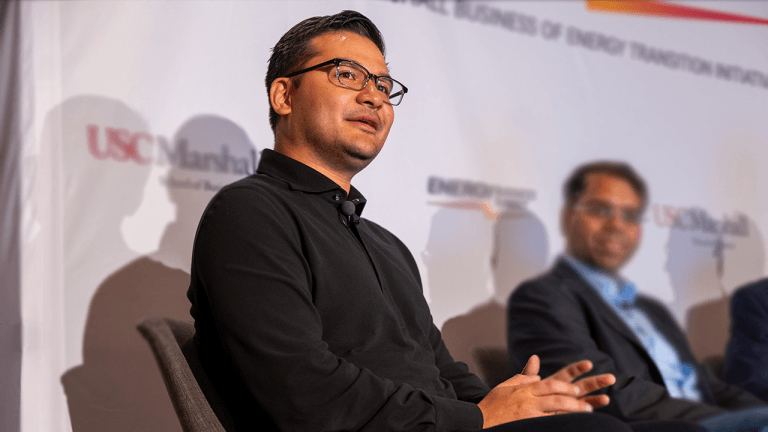

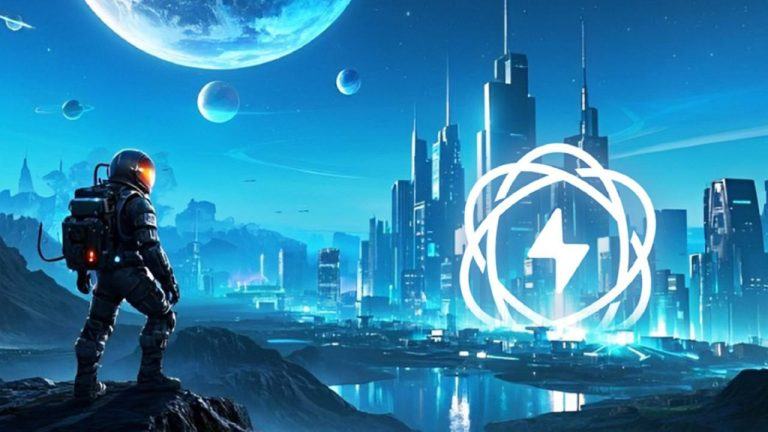


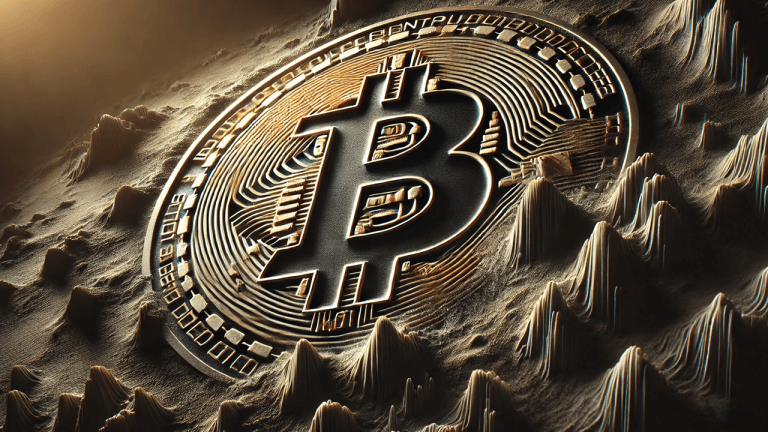
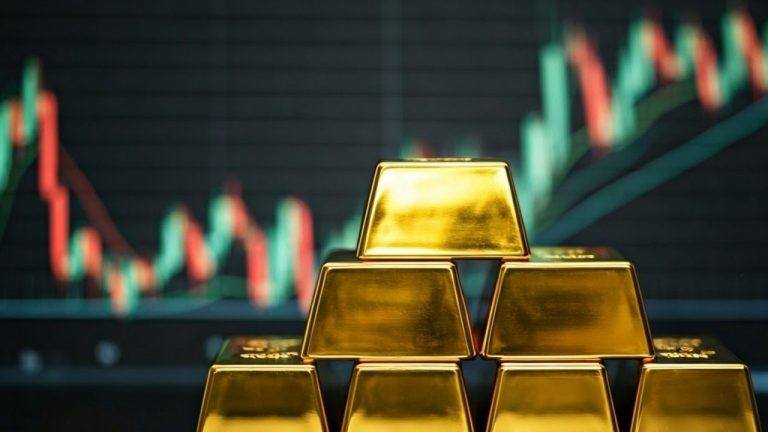

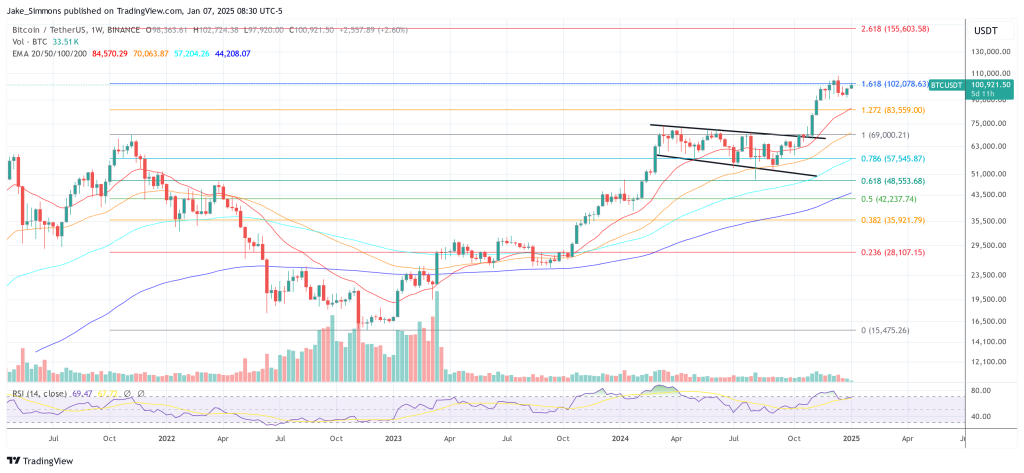
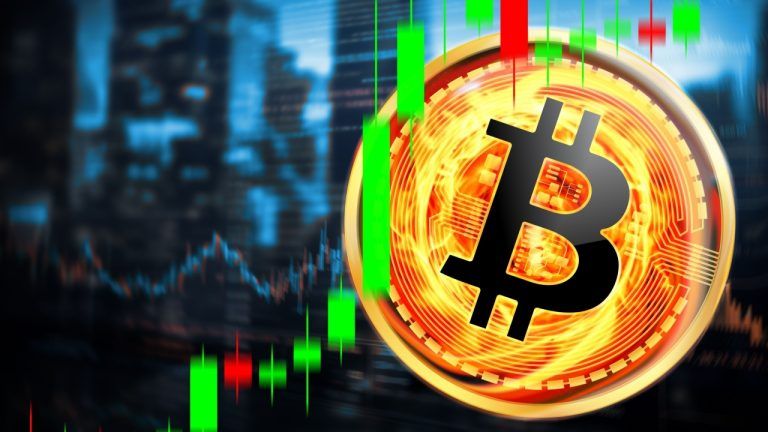
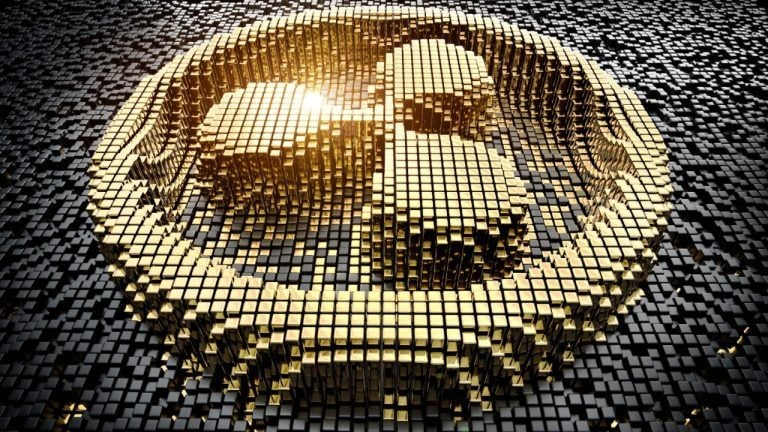
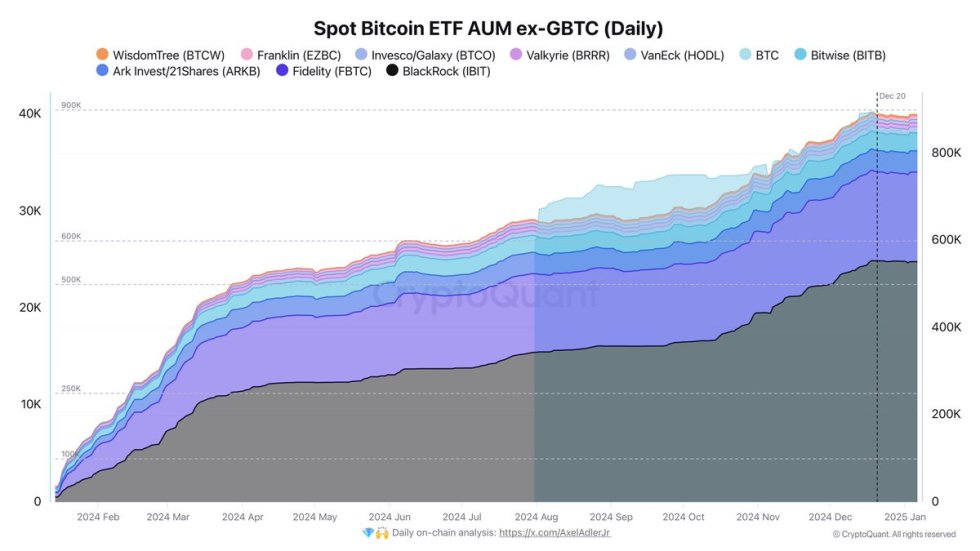
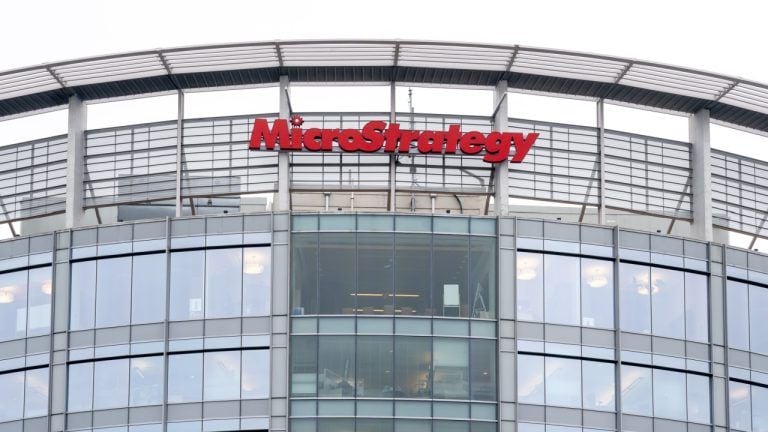


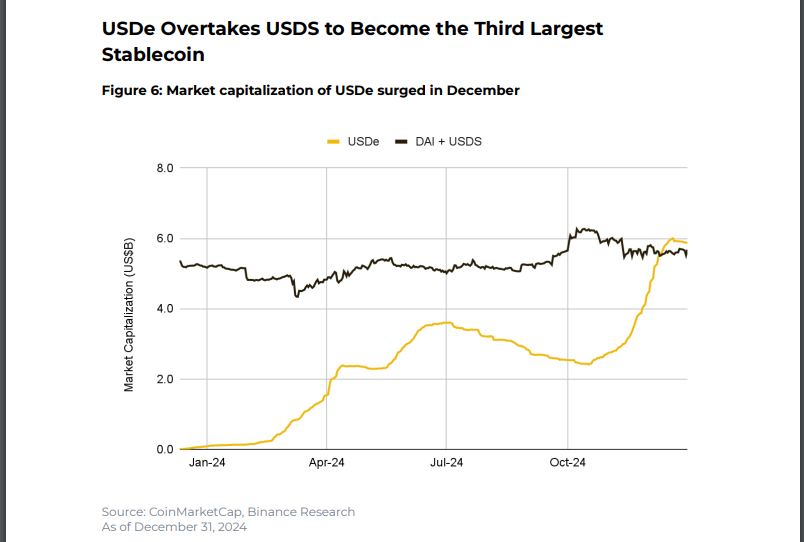

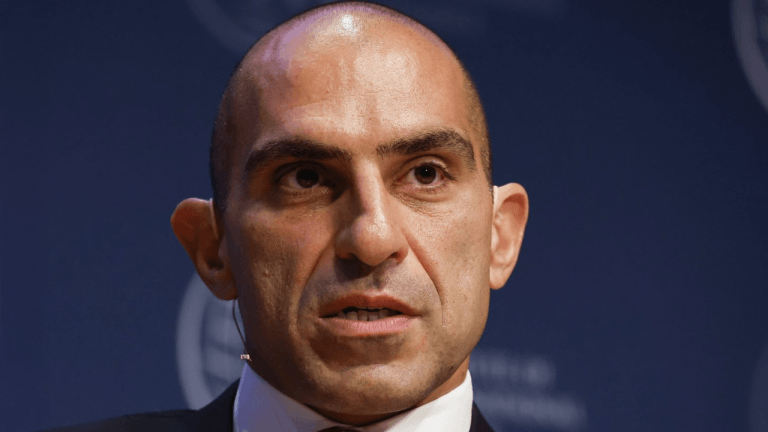
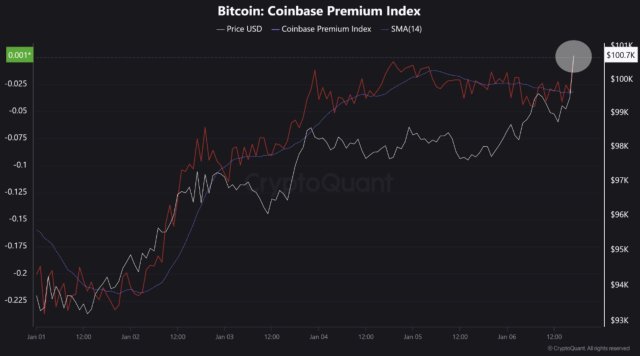
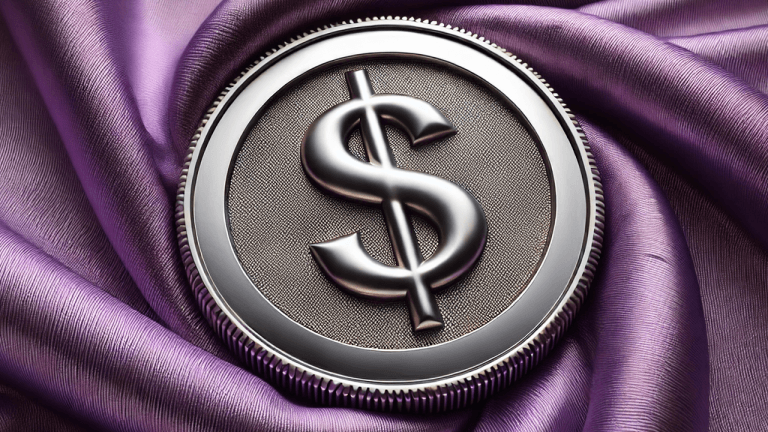
Comments